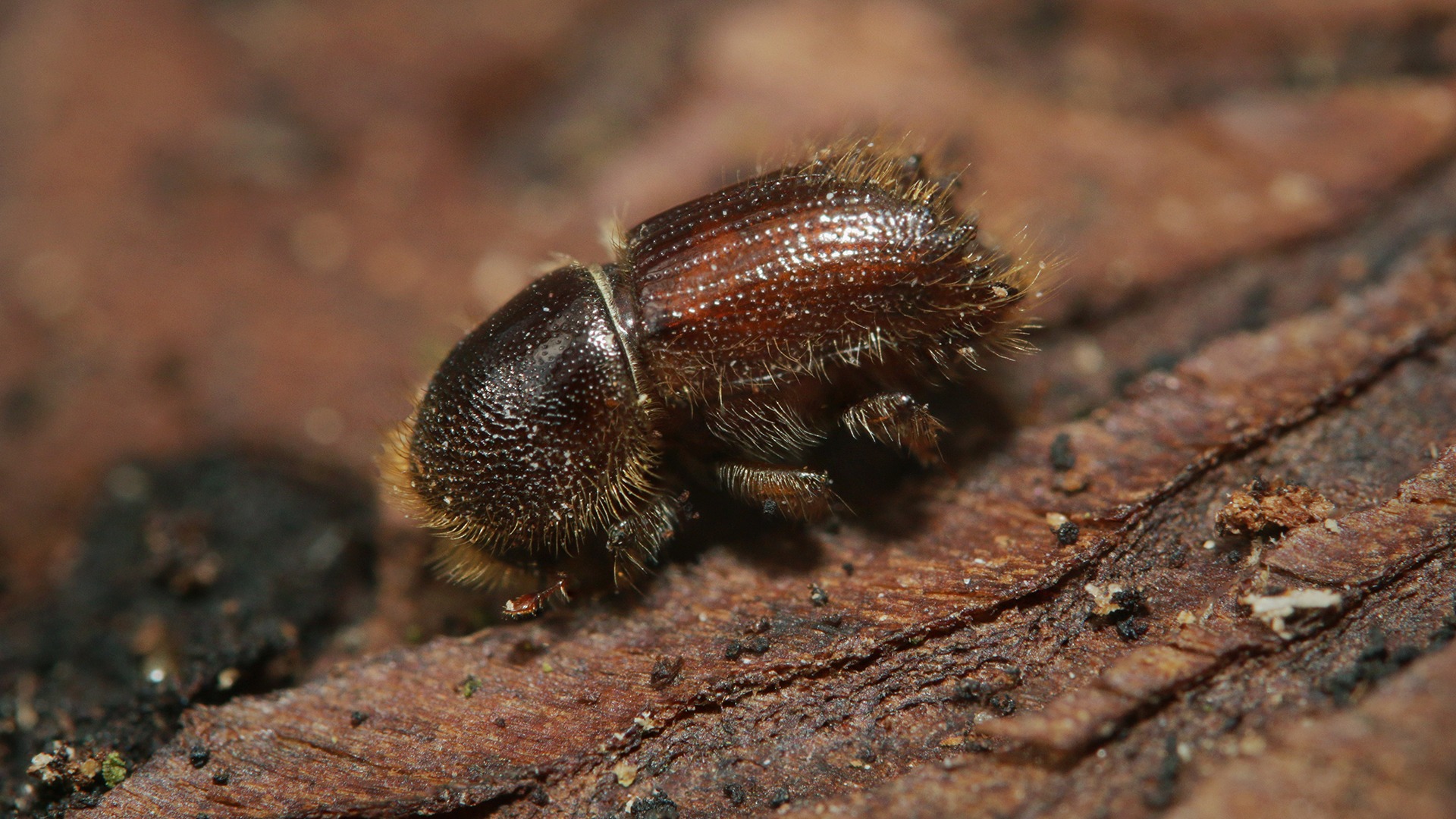Spruce bark beetle genome mapped
Facilitated by the SciLifeLab National Genomics Infrastructure (NGI), researchers from Sweden, the Czech Republic, Norway and Germany, have successfully mapped the entire genome of the spruce bark beetle (Ips typographus). Their findings could be used for further research on the species but also provide important paths towards enhanced pest control of a beetle that can destroy more than a hundred million cubic meters of spruce forest in Europe and Asia in a single year.
The mapping of the beetle’s genome provides the researcher with clues to why the beetle has become such a successful pest. The analysis shows, among other things, that the spruce bark beetle has an unusually high number of genes related to the degradation of plant cell walls. On the other hand, they have surprisingly few genes dedicated to getting rid of foreign substances, something that surprised the researchers due to the fact that the spruce resin is toxic to the species.
The researchers believe that their sequenced data from the beetle could potentially be used to create highly specific pest control by using RNA interference (RNAi) in the future. Tailored double stranded RNA could be administered to the beetles through their food and used to silence selected genes. This could in turn also be used to investigate the roles of genes that play an important role in the biology of the spruce bark beetle. Hopefully, the technique could soon be implemented into the wild.
“You can, for example, silence genes that have a direct impact on survival, or focus on the genes that are important for reproduction or the ability to perceive the pheromones used when mating or attacking the spruce forest, says co-senior author Martin N Andersson (LU), in a press release from Lund University.
Since the RNAi method is highly specific, no unwanted side effects will affect other organisms living together with the spruce bark beetle.
“In North America, there are many other important species of the same bark beetle genus, Ips, and we think that our genome data can be used as some kind of a base map that helps Americans to study their species”, says co-senior author Fredrik Schlyter (SLU).
In addition to Lund University, SLU and SciLifeLab, researchers from the Czech University of Agricultural Sciences, the Norwegian Institute of Bioeconomics, the Max Planck Institute for Chemical Ecology in Germany, participated in the study, which was published in Nature Communications Biology.
Read more about the study





